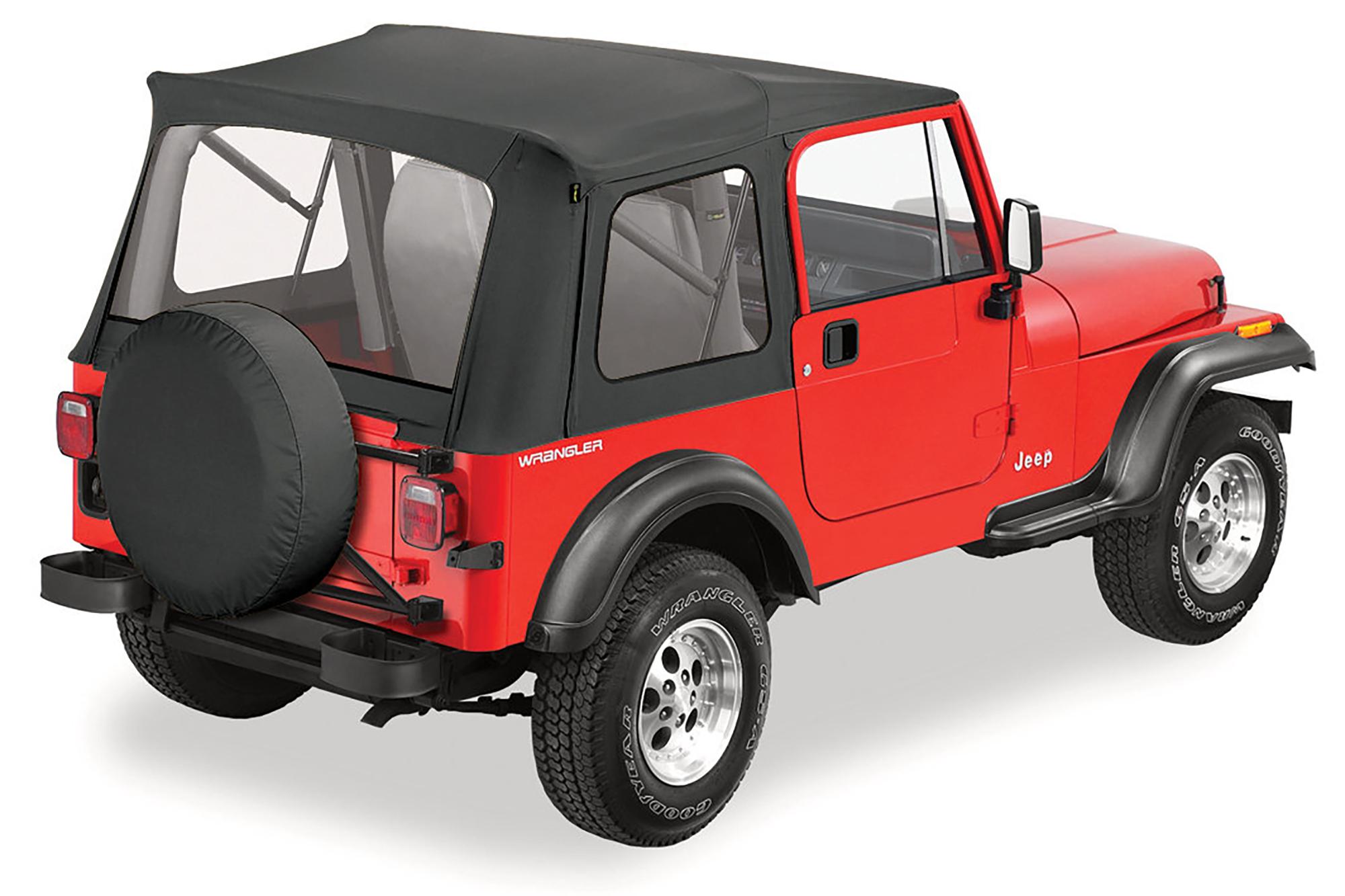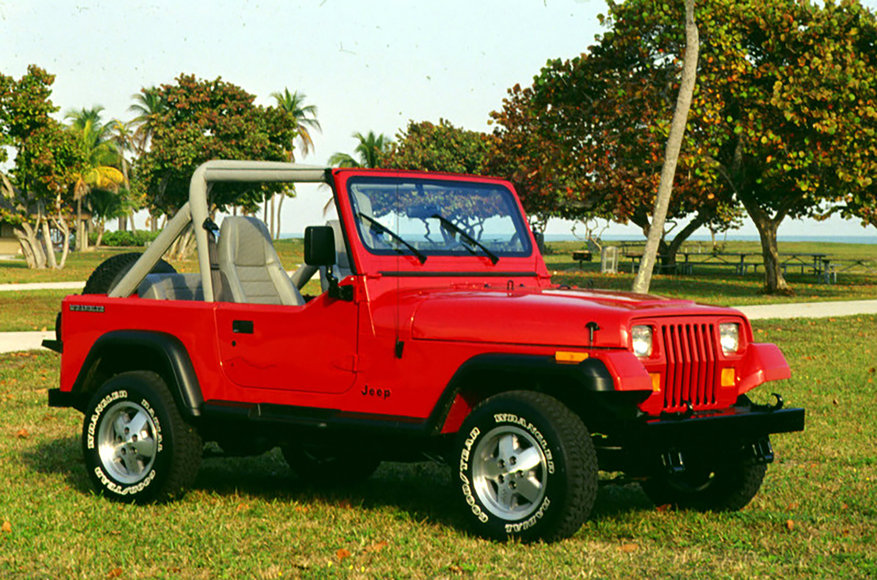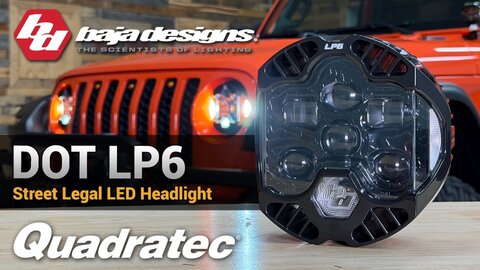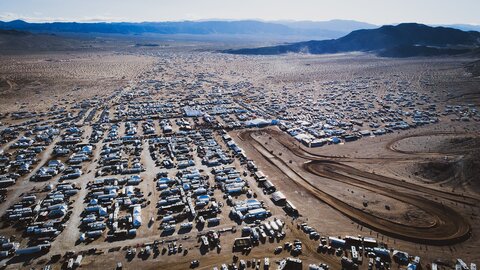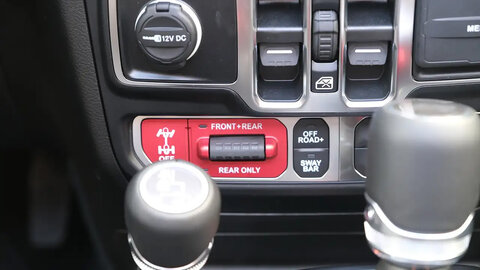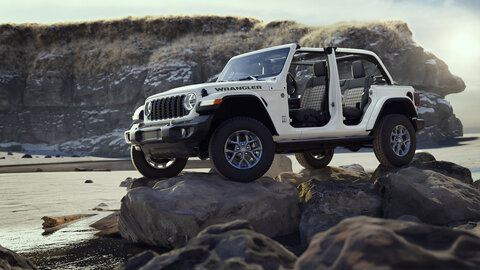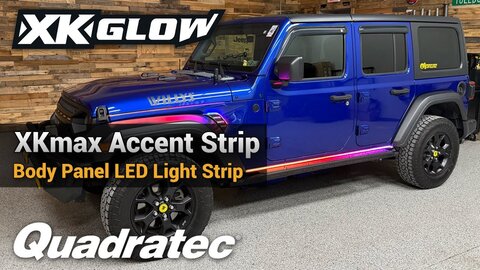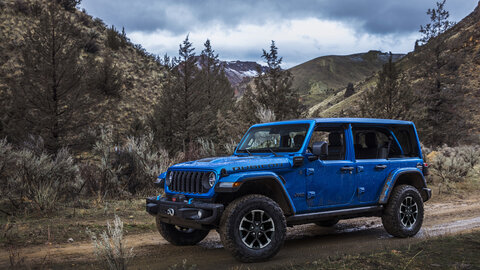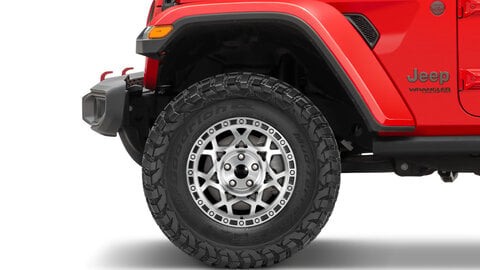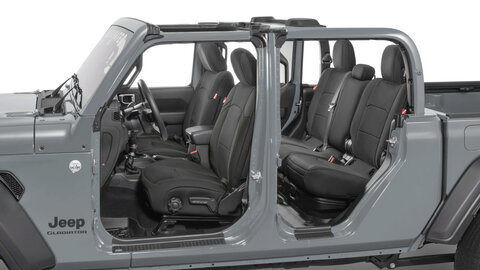by Matt Konkle
Torque Managing Editor
How do you change an icon, without changing an icon?
That was a question Jeep executives at former brand owner Fiat Chrysler no doubt wrestled with over the past few years as they first worked on redesigning a next generation Wrangler in time for the 2018 model year, and next looked into other Wrangler options like diesel and electric.
And while we all have pretty much seen the final results, just about everyone in the Jeep world wasn't quite sure what to expect back in December 2017 as Jeep was preparing to debut its new Wrangler JL. Would things change? What would change? And would the classic Wrangler design make it through the process relatively unscathed?
Sounds a bit like 1986.
The spotlight that year may not have been as large, but stakes for American Motors Corporation were just as high as they were preparing to launch an entirely new Jeep model to a diehard, and skeptical, fan base raised on the age old CJ vehicles.
As we await tomorrow's reveal of our Quadratec 30th Anniversary Wrangler YJL, lets take a look back and revisit the last big overhaul in the Jeep line. Sure the Wrangler has undergone quite a few upgrades over the years, but nothing like what AMC did to entirely change up the brand’s DNA 34 years ago.
-----
A civilized Jeep.
That was how AMC portrayed a new Jeep vehicle it was developing in 1986.
Something better, more refined, they said, but still with the lifeblood of everything Jeep stood for over its lifespan.
Civilized.
No doubt Jeep purists of that time were skeptical.
Called the Wrangler, after AMC’s marketing team went through a ton of other, less popular names, the company said its new vehicle boasted a smoother ride, more stability and an upgraded interior that, AMC hoped, would endear itself to a wider consumer base.
The whole thing was definitely a risk because Jeep enthusiasts loved their CJ vehicles. And yet, for AMC, sales numbers on the CJ were slipping despite that love – especially compared to the new and popular Cherokee that launched earlier in the decade.
Additionally, there was a safety factor. For four decades, the company’s vaunted CJ-series vehicle ruled the Jeep landscape and captured the hearts of a small, but dedicated, following. However, over the years as the CJ’s popularity grew (it sold a record 71,000 units in 1979), more and more inexperienced drivers tried to operate the thing like a regular car, which sometimes caused rollovers during sharper turns. Others less steeped in the Jeep culture complained about the CJ's hard, rough ride.
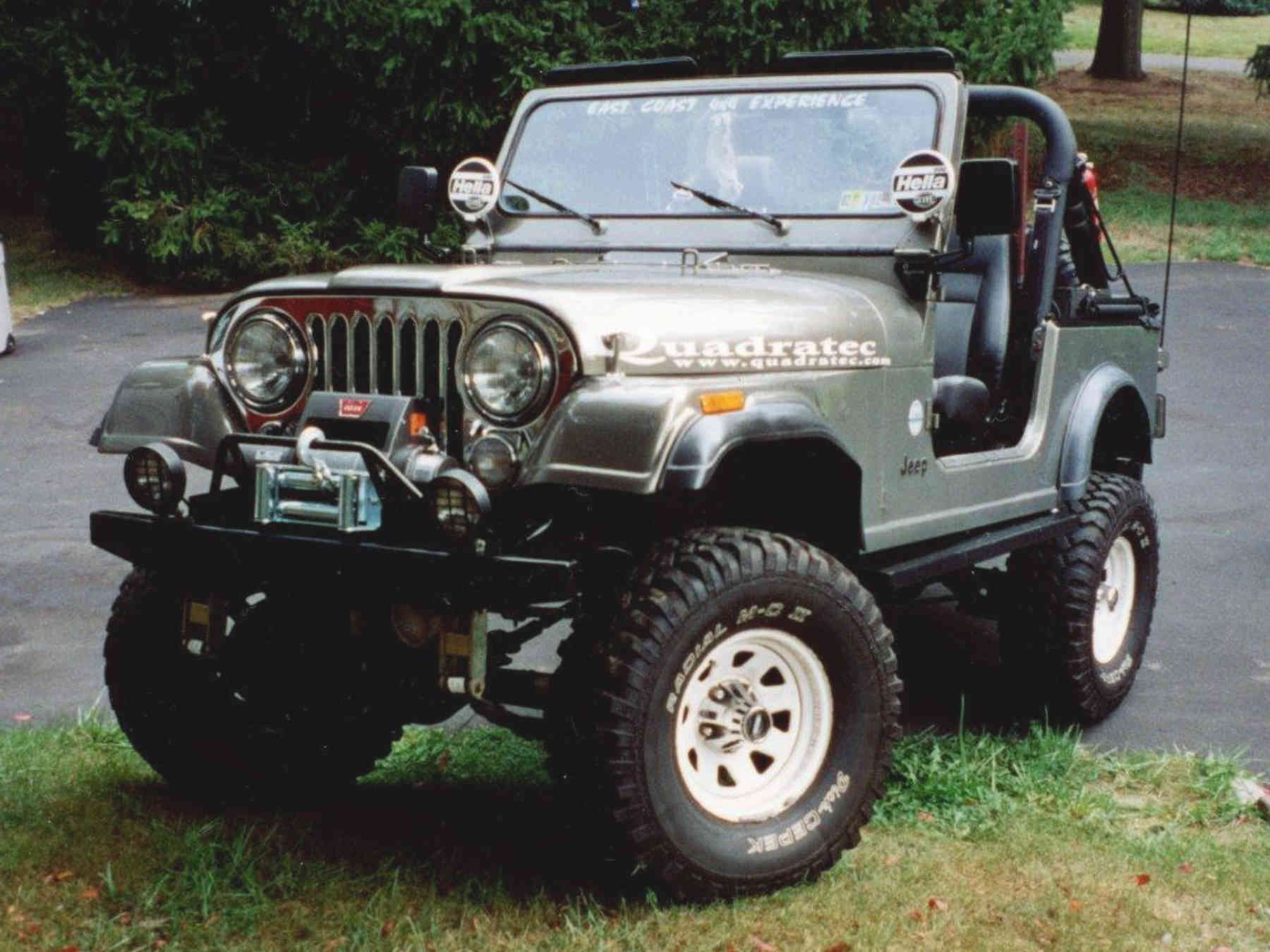
Fuel consumption also played a role in AMC's decision to produce a new vehicle. During the late 1970s and early ‘80s, an energy crisis turned many American drivers towards lighter, more efficient 4x4 vehicles. AMC’s new Cherokee (1984) was one of those models, boasting a lightweight unitized body, a more sophisticated four-link suspension design, and much-improved fuel economy. The Cherokee’s runaway success, along with AMC’s own consumer data and slowing CJ sales, made the company finally realize a replacement was needed for its CJ7 edition.
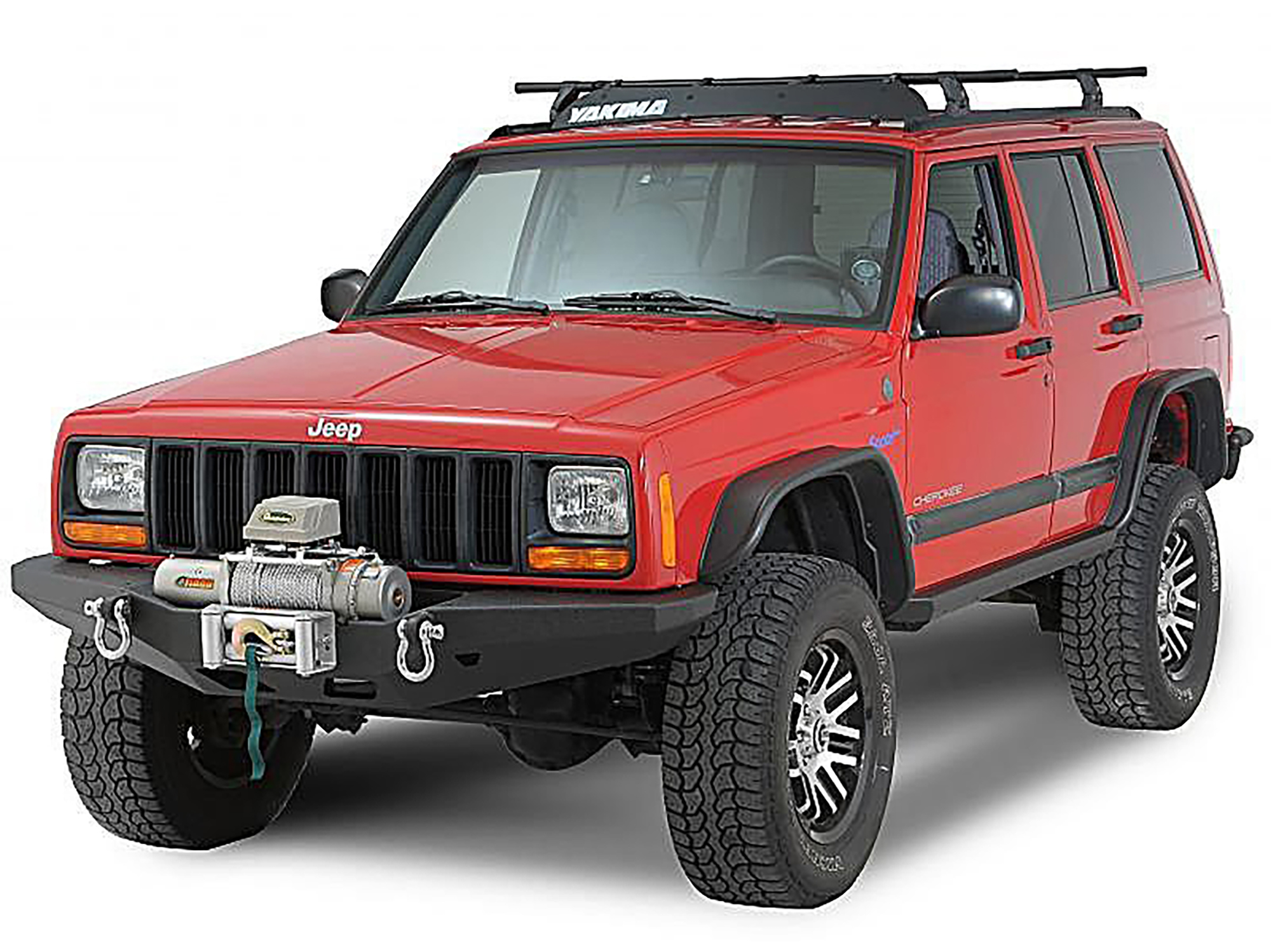
So it began tinkering with the CJ7 design and eventually came up with something new from the ground up that still maintained that classic Jeep look, but utilized a wider track and slightly less ground clearance for stability, as well as offering more comfort thanks to wider leaf springs. AMC's new vehicle also employed track bars and sway bars for improved handling. Most of these part designs were borrowed right from the Cherokee.
All in the hopes of capturing that daily driver who wanted something more comfortable and driveable, yet still with a Jeep's classic ruggedness.
But not everything translated well to the new Wrangler.
AMC also wanted to tie the hot-selling Cherokee and new Wrangler together through a similar front-face look, while also differentiating Wrangler from the CJ7. Enter square headlights. While the Wrangler YJ would still retain its long-standing, and familiar seven-slot grill design, AMC engineers eliminated round headlights on the vehicle for a square version in line with Cherokee.
This did not go over well at the start with Jeep purists, even though AMC made point after point that the Wrangler was an entirely new direction for the Jeep franchise.
"The product philosophy behind the two vehicles is completely different," said then AMC VP of Product Engineering François Castaing.
The new Wrangler YJ was formally announced in February 1986 at the Chicago Auto Show, and automotive critics were happy to note the vehicle continued to use a separate body and frame design, rigid solid axles in both front and rear, a fold-flat windshield, and could be driven without doors if the owner preferred.
However, those square headlights, and better ride, were divisive for traditional enthusiasts. Many nicknamed the YJ as ‘Yuppie Jeep’ to mock the more affluent group they believed AMC was marketing this vehicle towards. Others believed there was no way this new Wrangler would perform better than battle-tested CJ.
Eventually, though, most came around to see the highly-capable Jeep YJ for what it was — a bold new redesign that transformed Jeep from a popular (but niche) brand to something way more mainstream. The YJ sold just over 45k units in 1987, and finished its run in 1995 with production of 119k.
Wrangler YJ models were manufactured between 1986 and 1992 at the Brampton Assembly plant in Ontario, Canada, but subsequently moved to the Toledo South Assembly plant, which originally produced the WW2-era Jeep Willys. Stellantis, the current Jeep brand owner, still makes Wrangler at that Toledo facility.
Ironically, AMC never got to see its YJ skyrocket to success. The laboring company was bought out by Chrysler in 1987 — the first official production year for Wrangler.
Now it is Stellantis' turn to carry on the Jeep legacy as it aims to bring a new era of electrified Jeep vehicles to market, as well as continuing redesigns on the current Wrangler JL and Gladiator JT.
Some YJ facts and figures:
The YJ used a 2.5 L AMC 150 I4 or optional 4.2 L AMC 258 I6 until 1990. Starting in 1991, the vehicle replaced the 4.2L power plant with a fuel-injected 180 hp 4.0 L AMC 242 . The NP207 transfer case was used only for 1987, when it was replaced by the NP231.
Despite the new grille, the YJ body was somewhat similar to the CJ7, and could be interchangeable with some major modifications. The YJ also was given a larger windshield over the CJ. Besides that obvious square headlight design, YJs are also identifiable by wiper blades which rest on the windshield.
The Wrangler YJ's roll cage was extended in 1992 to allow for rear shoulder belts, and anti-lock brakes were added as an option the next year. An automatic transmission option for 4-cylinder Wranglers came in 1994, along with a center high-mounted brake light.
There were no 1996 model year Jeep Wranglers, even though the vehicle was sold in 1996. YJs produced that year were sold as 1995 model years, but a small amount did include a few new parts not seen on any earlier YJ. This included the new generation Wrangler TJ bump stops on the hood, reinforced tailgate hinges, and some vehicles even had rear TJ bumpers. Others also got the newly tuned 4.0L inline six-cylinder motor that was designed to run quieter in preparation for the TJ Wrangler launch.
Top options for the Wrangler YJ included a soft version with half doors, featuring removable upper soft plastic zipper windows. Full-frame doors with conventional glass windows were optional on soft-top models, while hard top editions with rear wiper and defroster were optional as well, but came standard with full-framed doors.
The YJ featured large mirrors with manually adjustable arms on half-door models, while full-framed doors received smaller adjustable mirrors with fixed arms. Depending on year and interior color, Wrangler YJs were offered with top color options in black, white, tan and gray. Roll bar padding normally matched top color, with the exception of white tops.
Different trim levels included the base version, which many referred to as the ‘S’ or ‘SE’, Laredo, Islander, Sport, Sahara, Renegade and Rio Grande.
